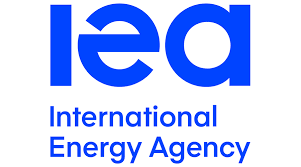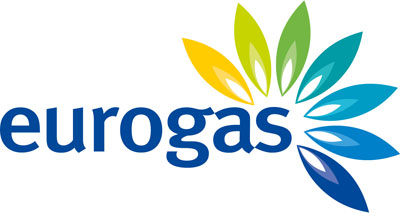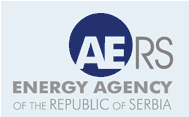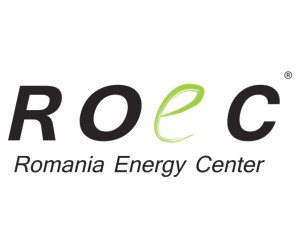Kazakhstan’s Energy Minister Kanat Bozumbaev has announced that on October 23 is the official date of restarting production at the giant oil field Kashagan at the Caspian section of Kazakhstan.
In the meantime, the first load of Kashagan oil has already gone for export, the Kazakh Ministry of Energy and then the press service of the Caspian Pipeline Consortium (CPC) and KazTransOil reported last week.
This week, Kazakhstan’s Prime Minister Bahytzhan Sagintaev, reported to the head of state in Akorda that the oil and gas field Kashagan has resumed production at the level of 90,000 barrels a day.
The cautious restraint of the Kazakh government with respect to this complex field is completely understandable. After repeated delays, oil production at Kashagan had been stopped in 2013 due to gas leaks and pipeline defects.
According to the experts, the reason for the pipeline leaks was the "sulfide stress fracking on the welded seams and the body of the pipe due to unforeseen formation of hard spots in the steel”.
As is known, two Japanese companies, Sumitomo and JFE, had delivered the pipes for Kashagan. The pipeline-laying contractor had been an Italian company Saipem.
The project operator NCOC (North Caspian Operating Company), after a careful verification of the damage analysis, had decided to replace the entire 200 milometres of pipes connecting the field with the Bolashak oil treatment plant on the shore.
Clearly, all that involved great costs and required long time. But the NCOC shareholders came to an agreement with the Kazakh party to classify the original pipelines and their installation as sunk costs under the Production Sharing Agreement (PSA).
The question "whose fault is it?” is not that important anymore now that the funding is found and the pipe installation is complete ahead-of-schedule. Today, everybody’s concerns are different: "Were the past mistakes taken into account? What has been done to ensure save production at Kashagan in the future?”
First of all, as has been reported, the Consortium changed the pipe suppliers. It signed contracts with Germany’s Butting and Japan’s Marubeni. A total of 16,400 pipes (200 km) were purchased, each approximately 12 meters long and weighing about 10 tonnes.
The new pipes are different from the old ones in that they are made of 2-layer composite steel. The first is the cladding layer. It is made of corrosion resistant alloy that will be in contact with the sour crude and gas. The second is the protection layer made of carbon steel of special composition for required hardness and resistance.
In addition, each pipe was tested both in the process of manufacturing and after the delivery to the construction site. According to the specialists, such steel with corrosion resistant alloy cladding has already proven itself at the sour oil and gas other projects all over the world.
The CPC specialists also developed a new route for the pipeline laying. For example, the offshore pipelines were installed approximately 150 metres away from the old ones. By contrast, the onshore pipeline was laid in the same trench from which the old one had been removed.
Another "weak link” that has been addressed with a special attention is the welding and assembling of pipes. The Consortium was very careful in its selection of welders and welding methods. The CPC has assured the journalists that the welded seams are subjected to non-destructive testing (mainly radiographic inspection) before their acceptance.
In addition, the pipelines from Island D to the Bolashak plant are equipped with pressure sensors capable of detecting any change in the pressure levels. In the case of a smallest leak in the pipes, the electronic system will send an alarm signal to the monitors of the central control room. There is also a regular helicopter patrolling of the pipelines.
All these safety measures give hope that the oil production at Kashagan will continue without unpleasant "surprises” and will prove worth all the billions of dollars invested in it, along with bringing the long-awaited profits to the public coffers of Kazakhstan.
As has been announced earlier, during the first months after the resumption of offshore operations and commissioning, Kashagan production is expected to be at a planned level of 180,000 barrels per day. After the beginning of reinjection of the associated (sour) gas and optimization by late 2017, the first stage of the Kashagan project is expected to reach a planned level of production of 370,000 bpd.
At the future stages, under a positive development scenario, Kashagan production may grow up to the nameplate design capacity of 450,000 barrels per day.
https://www.neweurope.eu/article/kashagan-boost-safety-measures-restart-oil-production/






 More
More









